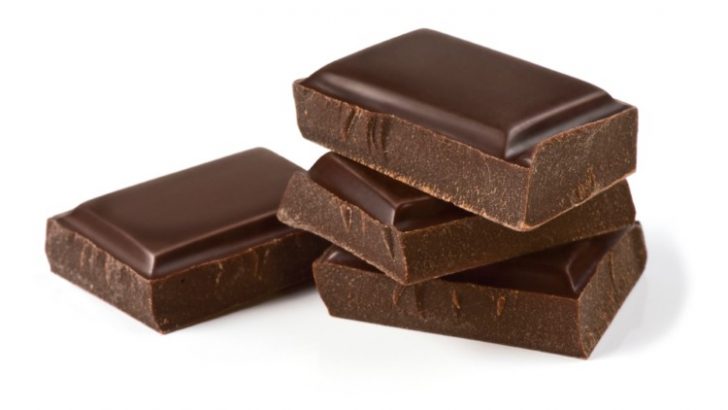Children’s Corner
Although Christmas day has passed and we look towards the New Year, there’s sure to be some chocolate leftover from the Christmas festivities than can be used for scientific purposes.
Enjoy this simple melting chocolate experiment that will keep anyone’s attention. No doubt everyone has noticed chocolate melting on a hot day, so let’s do some experiments to recreate these conditions as well as a few others before comparing results and coming to some conclusions.
At what temperature does chocolate go from a solid to a liquid? Is it different for white and dark chocolate? It’s time to find out.
Apparatus:
-Small chocolate pieces of the same size (chocolate bar squares or chocolate chips are a good idea)
-Paper plates
-Pen and paper to record your results
-Thermometer
Method:
- Put one piece of chocolate on a paper plate and put it in a warm location in the house, perhaps near a radiator – not on top – or beside the fireplace if you have one.
- Record how long it took for the chocolate to melt or if it wasn’t hot enough to melt then record how soft it was after 10 minutes.
- Repeat the process with a piece of chocolate on a plate that you put in another part of the house with a different temperature. Record your results in the same way.
- Find more interesting locations to test how long it takes for the chocolate pieces to melt. You could try on top of a hot water bottle or even your own mouth.
- Compare your results, in what conditions did the chocolate melt and how quickly did it melt?
- Remember to record the temperatures of the locations that you put your piece of chocolate using a thermometer. Think about the temperature chocolate melts at.
At a certain temperature your chocolate pieces undergo a physical change, from a solid to a liquid (or somewhere in between). On a hot day, sunlight is usually enough to melt chocolate, something you might have unfortunately already experienced – although there isn’t much of a chance of this during an Irish winter. You can also reverse the process by putting the melted chocolate into a fridge or freezer where it will go from a liquid back to a solid.
The chocolate probably melted quite fast if you tried putting a piece in your mouth, what does this tell you about the temperature of your body? For further testing and experiments you could compare white chocolate and dark chocolate, do they melt at the same temperature? How about putting a sheet of aluminium foil between a paper plate and a piece of chocolate in the sun, what happens then?


 Chai Brady
Chai Brady
